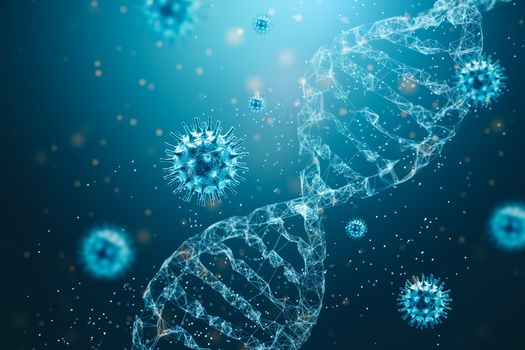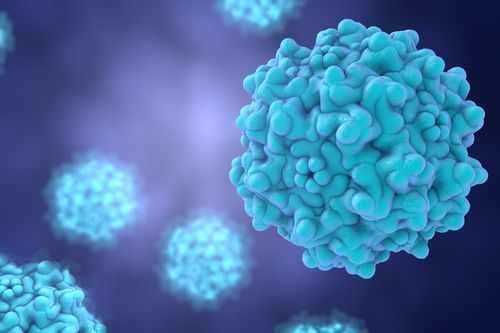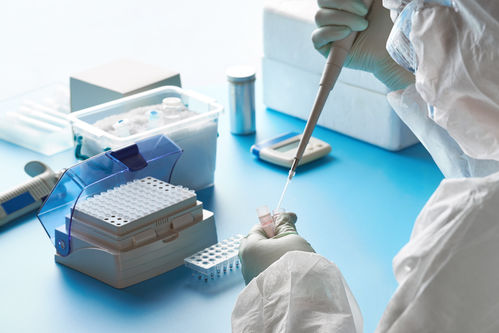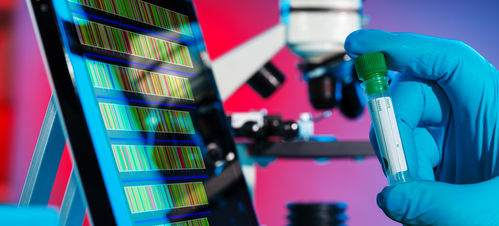Faster and More Precise NGS for Disease Panel: Hybridization Capture-Based Target Enrichment
Because of its capability to easily produce vast amounts of sequencing data per cycle, with a subsequent decrease in sequencing costs, the creation of next-generation sequencing (NGS) approaches have pioneered human clinical science. It is now possible to obtain unbiased ultra-deep sequencing of complex samples, while bioinformatics analyses can still be lengthy and repetitive. In the area of infectious disease detection, where quick recognition and functional classification of a complex pathogen is crucial for the clinical treatment of infected patients, this concept is especially troublesome.
In these situations, the capacity of NGS may also be of special importance in the reconstruction of complete genomes of pathogens derived from nucleic acids isolated from clinical specimens. However, NGS can fail to identify genomes of pathogens present in low copy numbers in the specimen due to the low pathogen/nucleic acid ratio in these complicated biological materials. Capture techniques such as hybridization capture accompanied by NGS sequencing which is also called hybrid-capture sequencing or target-enrichment sequencing applied directly to human clinical specimens have been created to address this gap. These methods allow broad genomic segments to be collected to full genomes with a high scope of sequencing, enabling downstream research such as phylogenetics, evolution, epidemiology, and drug tolerance.
DNA is broken in the Hybrid capture-based process and primed for sequencing by inserting adapters unique to the sequencing platform utilized, usually serving as barcodes for later detection. Then the processed DNA is hybridized into single-stranded oligonucleotides. These samples are usually biotinylated and can be retrieved using magnetic beads covered with streptavidin, and the technique can be used to collect target DNA in the bead complex (Figure 1). The approach uses the same concept as microarrays, but with capture probes, capture is done within the hybridization solution rather than hybridization on a microarray. Although more template DNA is used by array-based systems compared to probes, more probes are used by the solution-based approach compared to the model, significantly reducing the sample demand and better capturing success.
 Figure 1. Hybrid Capture Target Enrichment Workflow.
Figure 1. Hybrid Capture Target Enrichment Workflow.
Hybrid Capture Target Enrichment on Cancer
For cancer patients, tumor molecular screening is becoming a practice of treatment. CD Genomics developed robust cancer panels, which comprise next-generation sequencing panels based on DNA and RNA hybridization capture. For the RNA panel to reliably and cost-effectively detect hundreds of fusion genes as well as aberrantly spliced sequences.
Hybrid Capture Target Enrichment on Pathogen
Bacteria
Targeted capture techniques prior to sequencing may be a strong tool in the treatment and therapy of infectious disease patients in bacteriological study and diagnosis. And for a fast and efficient treatment, the rapid detection of antimicrobial resistance is necessary. For example, existing antimicrobial resistance testing practices focus on the organism's colony from sputum samples until sequencing can require up to several weeks. In a study of Mycobacterium tuberculosis, researchers used oligonucleotide enrichment technology to collect M. tuberculosis gene sequences directly from healthy smear sputum tests to address these limitations. This study highlights the use of hybrid target enrichment in multidrug-resistant tuberculosis that could enable customized antimicrobial treatment.
Virus
Viral WGS is also important in viral studies and testing centers for drug resistance identification and the production of new drugs and vaccines. In this area, research show the efficacy of target capture technology in rebuilding complete genomes of herpesvirus from complex biological samples. In the study conducted by Kwok, et al., 120-mer RNA baits were synthesized and hybridized with DNA derived from a variety of clinical samples, involving blood, saliva, vesicle fluid, cerebrospinal fluid, and tumor cell lines, producing a 2-day scope for Varicella-Zoster Virus (VZV), a 5-day coverage for Epstein-Barr virus (EBV), and Kaposi's sarcoma-associated Herpesvirus (KSHV). It was possible to study the genomic complexity of eight new complete EBV genomes, derived from biopsy samples of primary nasopharyngeal carcinomas, by collecting entire genomic hybrids.
References:
- Kohsaka S, Tatsuno K, Ueno T, et al. Comprehensive assay for the molecular profiling of cancer by target enrichment from formalin‐fixed paraffin‐embedded specimens. Cancer science. 2019, 110(4):1464.
- Brown AC, Bryant JM, Einer-Jensen K, et al. Rapid whole-genome sequencing of Mycobacterium tuberculosis isolates directly from clinical samples. Journal of clinical microbiology. 2015, 53(7):2230-7.
- Kwok H, Wu CW, Palser AL, et al. Genomic diversity of Epstein-Barr virus genomes isolated from primary nasopharyngeal carcinoma biopsy samples. Journal of virology. 2014, 15;88(18):10662-72.
- Melnikov A, Galinsky K, Rogov P, et al. Hybrid selection for sequencing pathogen genomes from clinical samples. Genome biology. 2011, 12(8):R73.
* For research purposes only, not intended for clinical diagnosis, treatment, or individual health assessments.
Related Services
Related Products
 Figure 1. Hybrid Capture Target Enrichment Workflow.
Figure 1. Hybrid Capture Target Enrichment Workflow.








